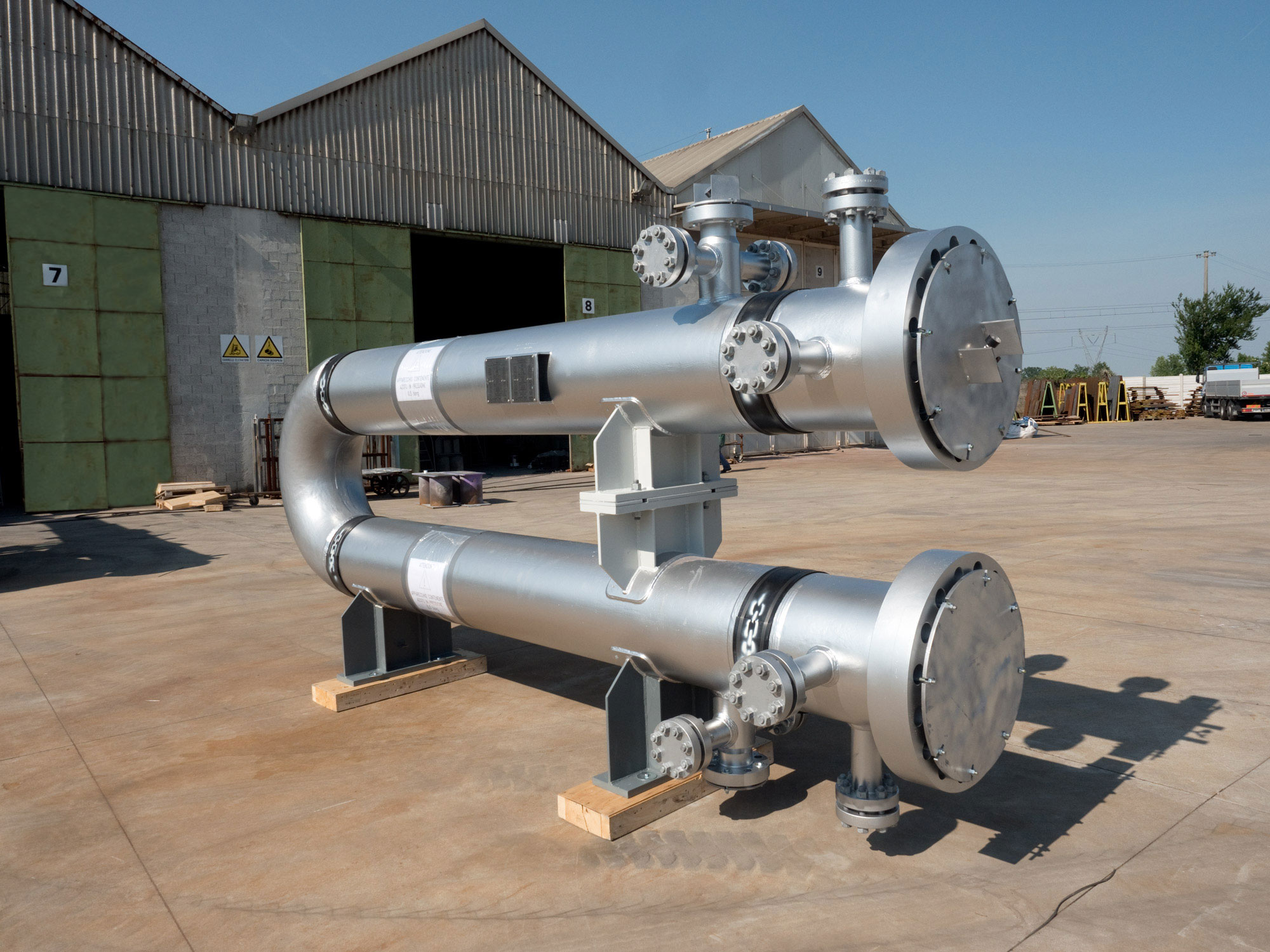In the ever-evolving world of thermal management, hairpin heat exchangers have emerged as a game-changer, revolutionizing the way we approach heat transfer and temperature regulation. These innovative devices are redefining the industry, offering unparalleled efficiency, durability, and versatility, making them a preferred choice across a wide range of applications.
Compact and Efficient Design

One of the most notable features of hairpin heat exchangers is their compact and space-saving design. Unlike traditional heat exchangers, which often occupy a substantial footprint, hairpin heat exchangers are engineered to maximize heat transfer capabilities within a minimal surface area. This unique design allows for greater flexibility in installation, making them an ideal solution for applications where space is at a premium, such as automotive, aerospace, and electronics cooling systems.
Question: What are the advantages of the compact design of hairpin heat exchangers?
Answer: The compact design of hairpin heat exchangers allows for greater flexibility in installation and is particularly advantageous in applications where space is limited, such as in automotive, aerospace, and electronics cooling systems.
Enhanced Heat Transfer Efficiency
Hairpin heat exchangers excel in heat transfer efficiency due to their intricate internal structure. The hairpin-shaped tubes create a turbulent flow pattern, which disrupts the boundary layer and enhances heat transfer rates. Additionally, the high surface area-to-volume ratio of these heat exchangers further contributes to their exceptional thermal performance, making them capable of handling demanding cooling requirements.
Question: How do hairpin heat exchangers achieve enhanced heat transfer efficiency?
Answer: Hairpin heat exchangers achieve enhanced heat transfer efficiency through their intricate internal structure, which creates turbulent flow patterns that disrupt the boundary layer, and their high surface area-to-volume ratio, both of which improve heat transfer rates.
Versatility in Material Selection
One of the key advantages of hairpin heat exchangers lies in their versatility when it comes to material selection. These heat exchangers can be manufactured from a wide range of materials, including aluminum, copper, stainless steel, and even specialized alloys, depending on the specific application requirements. This flexibility allows for optimized performance in various operating conditions, such as extreme temperatures, corrosive environments, or high-pressure systems.
Resistance to Fouling and Scaling
Fouling and scaling are common challenges faced by traditional heat exchangers, leading to reduced efficiency and increased maintenance requirements. Hairpin heat exchangers, however, are designed to mitigate these issues. Their unique tube configuration and turbulent flow patterns help prevent the accumulation of deposits, ensuring consistent performance over extended periods of operation. This translates into lower maintenance costs and improved system reliability.
Question: What advantages do hairpin heat exchangers offer in terms of fouling and scaling resistance?
Answer: Hairpin heat exchangers are designed to resist fouling and scaling due to their unique tube configuration and turbulent flow patterns, which help prevent the accumulation of deposits. This leads to consistent performance over extended periods of operation, lower maintenance costs, and improved system reliability.
Modular and Scalable Design

Another key advantage of hairpin heat exchangers is their modular and scalable design. These heat exchangers can be easily configured and combined in various arrangements to meet specific heat transfer requirements. This modularity allows for seamless integration into existing systems or the creation of customized solutions tailored to specific applications. Additionally, the scalable nature of hairpin heat exchangers enables system expansion or modification as operational needs evolve, providing flexibility and future-proofing for thermal management systems.
Question: What benefits do the modular and scalable designs of hairpin heat exchangers offer?
Answer: The modular and scalable designs of hairpin heat exchangers offer benefits such as easy configuration and combination to meet specific heat transfer requirements, seamless integration into existing systems or customized solutions, and the ability to expand or modify the system as operational needs evolve, providing flexibility and future-proofing for thermal management systems.
Diverse Applications
Hairpin heat exchangers have found widespread applications across various industries due to their exceptional performance and versatility. In the automotive sector, they are utilized for engine cooling, transmission cooling, and climate control systems. The aerospace industry relies on hairpin heat exchangers for aircraft environmental control systems and avionics cooling. Additionally, these heat exchangers play a crucial role in industrial processes, power generation, and HVAC systems, contributing to energy efficiency and sustainable operations.
Additive Manufacturing and Design Optimization
The advent of additive manufacturing, or 3D printing, has further revolutionized the design and production of hairpin heat exchangers. This technology enables the creation of complex geometries and intricate internal structures that were previously challenging or impossible to manufacture using traditional methods. By leveraging additive manufacturing techniques, engineers can optimize the design of hairpin heat exchangers for specific applications, maximizing heat transfer efficiency and reducing material waste. 
Conclusion
Hairpin heat exchanger are at the forefront of thermal management innovation, redefining the way we approach heat transfer and temperature regulation. With their compact and efficient design, enhanced heat transfer capabilities, material versatility, fouling resistance, and modular scalability, these innovative devices are setting new standards in industries ranging from automotive and aerospace to industrial processes and HVAC systems. As the demand for high-performance and sustainable thermal management solutions continues to grow, hairpin heat exchangers will undoubtedly play a pivotal role in driving technological advancements and enabling energy-efficient solutions across diverse sectors.






